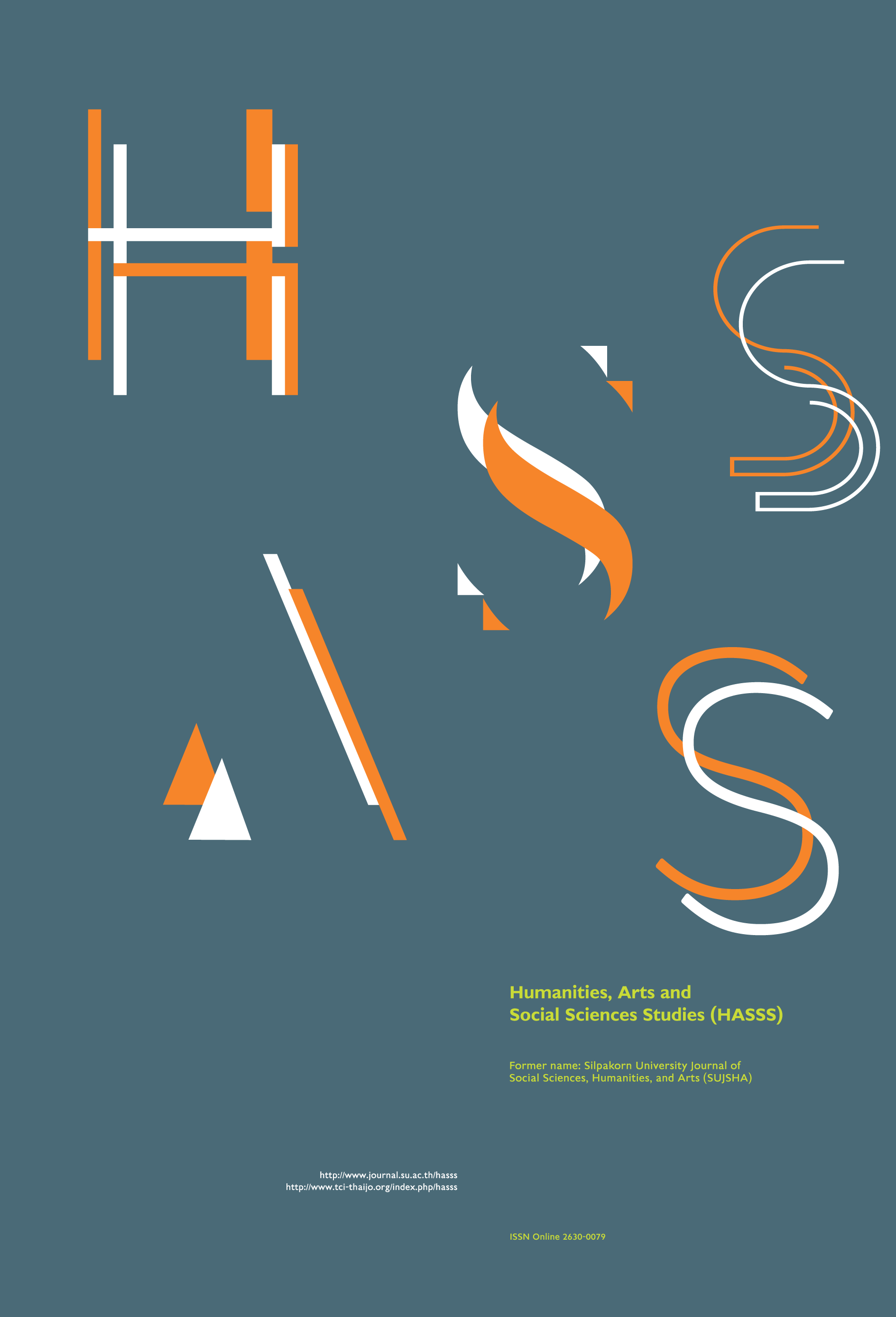Factors Influencing the Use of Lagas Software in Gold Trading
Main Article Content
Abstract
The aim of the study is to investigate factors in the use of Lagas software in the Thai gold industry. Lagas is a software package designed for the Thai gold industry, offering trading assistance facilities such as inventory control and asset tracking, improving tracking and tracing of custom purchases and jewelry gold custom designs, and offering pricing and income estimation. The theoretical basis of the Technology Acceptance Model (TAM) was used to explain adoption of the software package, with external variables including computer self-efficacy and IS budget. A user survey was conducted of gold traders in Thailand using Lagas (n= 350). Structural equation modeling (SEM) was used to assess the TAM model in relation to the software adoption. Perceived Usefulness (PU) and Perceived Ease of Use (PEOU) were influenced by self-efficacy, and influenced Attitude. Attitude and Information Systems (IS) Budget influenced Behavioral Intention (BI). This was consistent with the expectations of the theoretical framework and extended variables.
Downloads
Article Details
All rights reserved. Apart from citations for the purposes of research, private study, or criticism and review,no part of this publication may be reproduced, stored or transmitted in any other form without prior written permission by the publisher.
References
Beck, A. and Peacock, C. (2009) Operational failure as a driver of shrinkage. In New Loss Prevention, edited by Beck, A. and Peacock, C., pp. 100-112. New York: Palgrave Macmillan.
Chuttur, M. (2009) Overview of the Technology Acceptance Model: Origins, developments and future directions. Sprouts Working Papers on Information Systems 9(37): 1-21.
Davis, F. (1989) Perceived usefulness, perceived ease of use, and user acceptance of information technology. MIS Quarterly 38(3): 475-487.
Dembla, P., Palvia, P. and Krishnan, B. (2007) Understanding the adoption of web-enabled transaction processing by small businesses. Journal of Electronic Commerce Research 8(1): 1-17.
James, T., Pirim, T., Boswel, K., Reithel, B. and Barkhi, R. (2006) Determining the intention to use biometric devices: An application and extension of the Technology Acceptance Model. Journal of Organizational and End User Computing 18(3): 1-24.
Juzz Soft. (2016) Juzz Soft System. [Online URL: https://www.juzzsoft.com/] accessed on August 1, 2016.
Kline, R. B. (2016) Principles and practice of structural equation modeling. New York: Guilford Press.
Lagas Gold. (2016) Lagas Software. [Online URL: https://www.lagasgold.com/] accessed on August 1, 2016.
Marler, J. H., Liang, X. and Dulebohn, J. H. (2006) Training and effective employee information technology use. Journal of Management 32(5): 721-743.
Medal, H. R., Rosetti, M. D., Varghese, V. M. and Pohl, E. A. (2009) A software tool for intermittent demand analysis. IIE Annual Conference Proceedings (p. 1658). Institute of Industrial Engineers.
Parker, C. and Castleman, T. (2009) Small firm e-business adoption: A critical analysis of theory. Journal of Enterprise Information Management 22(1/2): 167-182.
Quark 301. (2016) Quark 301 Goldshop Management System. [Online URL: https://www.quark301.com/gs.html] accessed on August 10, 2016.
Ramdani, B., Chevers, D. and Williams, D. A. (2013) SMEs' adoption of enterprise applications: A technology-organisation-environment model. Journal of Small Business and Enterprise Development 20(4): 735-753.
Schumacker, R. E. and Lomax, R. G. (2016) A beginner's guide to structural equation modeling. New York: Routledge.
Shih, Y. and Huang, S. (2009) The actual use of ERP systems: An extended technology acceptance perspective. Journal of Research and Practice in Information Technology 41(3): 263-276.
Slack, N., Chambers, S. and Johnston, R. (2010) Operations management, 6th ed., New York: Pearson.
Venkatesh, V., Thong, J. Y. and Xu, X. (2012) Consumer acceptance and use of information technology: Extending the unified theory of acceptance and use of technology. MIS Quarterly 36(1): 157-178.
World Gold Council. (2014) Gold demand trends full year 2013. [Online URL: https://www.gold.org/supply-and-demand/gold-demand-trends/back issues/gold-demand-trends-full-year-2013] accessed on February 14, 2014.
World Gold Council. (2016) Gold demand trends Q2 2016. [Online URL: https://www.gold.org/supply-and-demand/gold-demand-trends] accessed on August 11, 2016.

